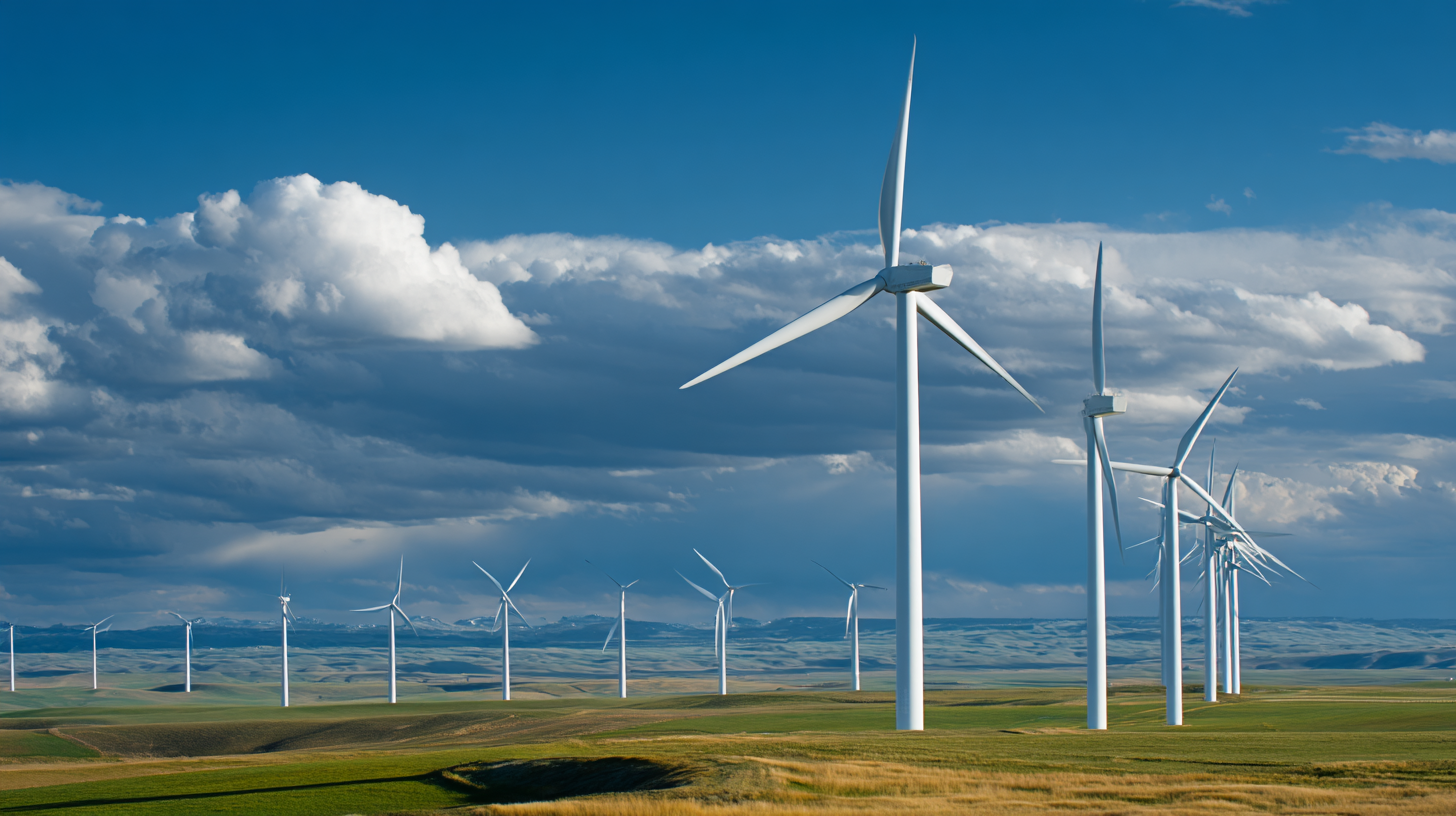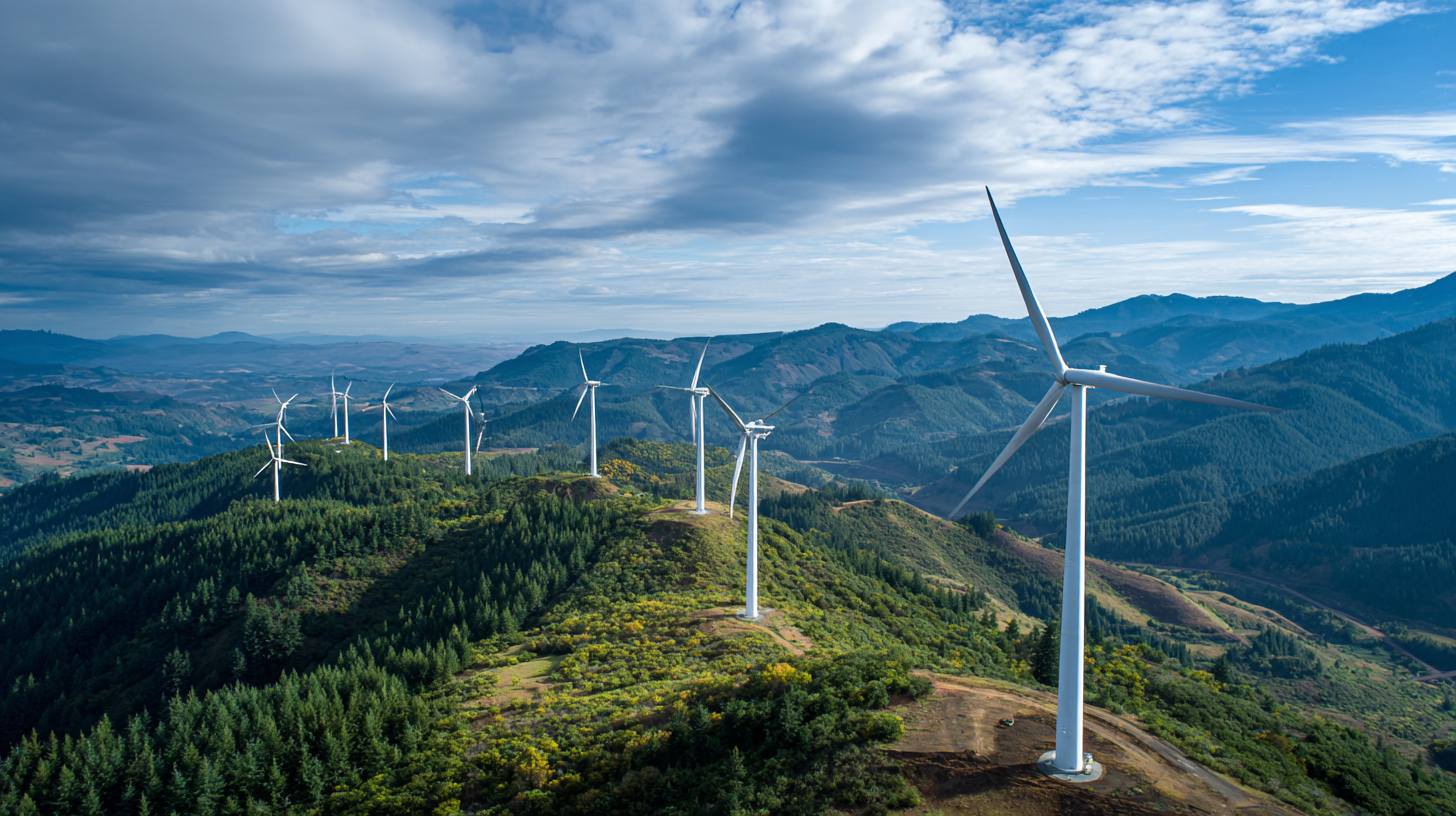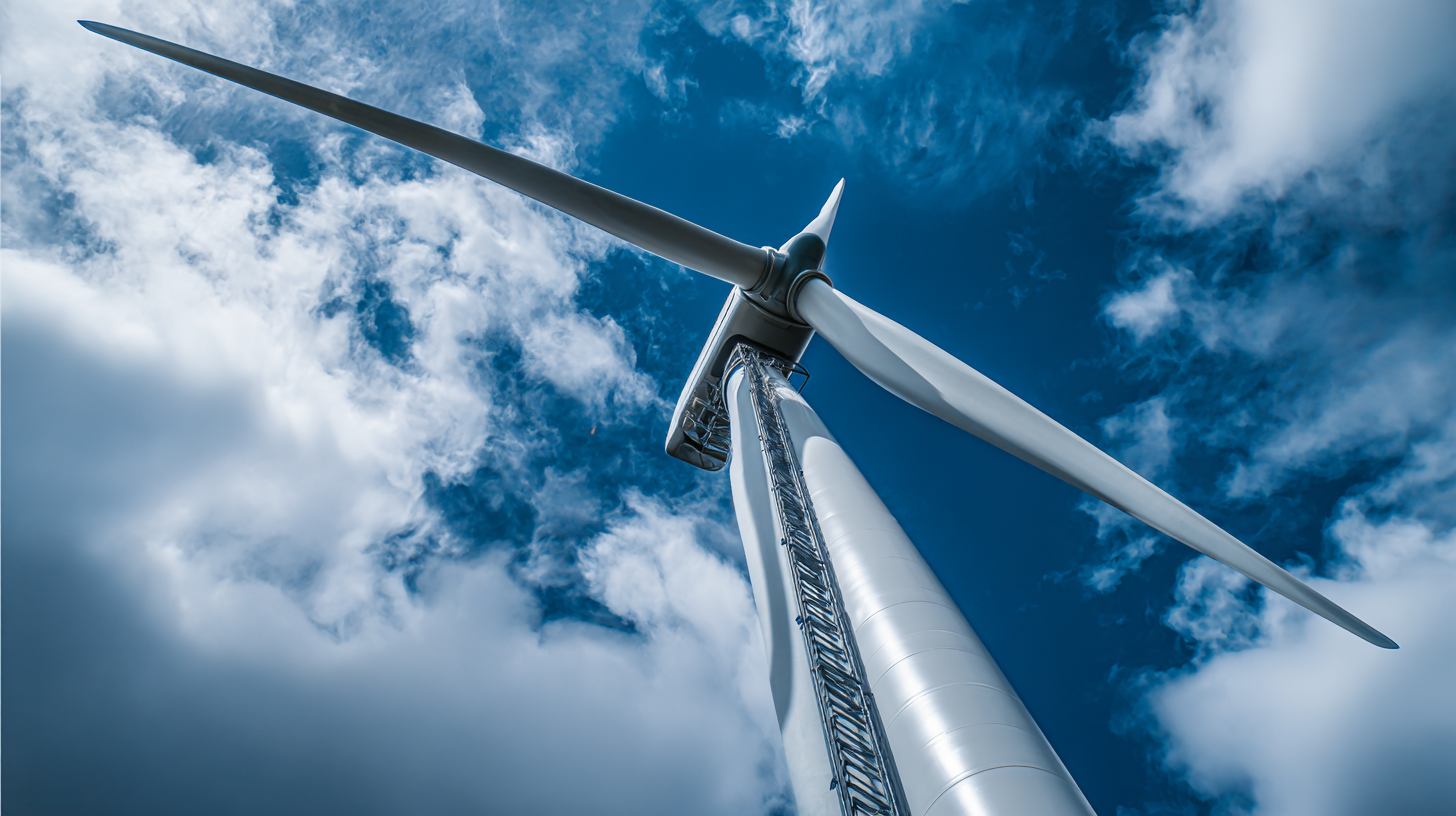As the global shift towards renewable energy accelerates, Wind Energy has emerged as a pivotal player in achieving sustainable development goals. According to the Global Wind Energy Council, the global wind power capacity reached over 743 GW in 2020, with projections suggesting that this figure could soar to more than 1,500 GW by 2030. Maximizing after sales support and maintenance costs becomes crucial in this dynamic industry, not only to enhance operational efficiency but also to ensure the longevity of wind turbines. Effective maintenance strategies can yield significant cost savings, with reports indicating that proper upkeep can reduce operational expenses by 20-30%. In light of these statistics, it is vital for companies to adopt best practices in after sales support to optimize performance and drive down costs, ultimately contributing to the overall success of Wind Energy solutions in meeting global energy demands.

Reducing after-sales support costs in wind energy solutions is crucial for enhancing profitability and sustainability within the industry. One effective strategy is to implement comprehensive training programs for maintenance staff. By investing in initial training and ongoing education, companies can empower their teams with the skills necessary to efficiently troubleshoot and repair wind turbine systems. This reduces reliance on third-party service providers and minimizes costly downtime, ultimately leading to lower support costs and improved operational efficiency.

Another key approach is the integration of predictive maintenance technologies. Utilizing data analytics and IoT sensors can help operators identify potential issues before they escalate into significant problems. This proactive approach not only extends the lifespan of equipment but also optimizes repair schedules, reducing emergency support needs. By harnessing these technologies, wind energy companies can streamline their maintenance processes, ensuring that resources are allocated efficiently and that costs are kept to a minimum without compromising service quality.
In the rapidly evolving landscape of wind energy, maintenance plays a pivotal role in maximizing turbine performance and ensuring efficiency. Regular and proactive maintenance not only extends the lifespan of wind turbines but also optimizes their output. The key to achieving this lies in understanding the specific needs of the turbines and implementing tailored maintenance strategies.
**Tip:** Establish a robust maintenance schedule that includes routine inspections and predictive maintenance techniques. By utilizing advanced analytics and IoT technologies, operators can identify potential issues before they lead to costly downtimes, thereby enhancing overall turbine performance.
Investing in skilled personnel and providing ongoing training is equally essential. Technicians who are familiar with the latest advancements in turbine technology can diagnose issues more effectively and execute maintenance tasks with precision. This collective expertise not only increases operational efficiency but also contributes to a safer work environment.
**Tip:** Foster a culture of continuous improvement by regularly assessing and updating maintenance protocols. Engaging in industry forums and sharing best practices can lead to innovative solutions that further enhance turbine reliability and performance.
In the rapidly evolving wind energy sector, innovative technologies are becoming crucial for enhancing after sales support and maintenance services. The integration of predictive analytics, powered by artificial intelligence, allows companies to anticipate maintenance needs before issues arise. By analyzing data from wind turbines in real-time, operators can identify patterns and trends that indicate potential malfunctions. This proactive approach not only minimizes downtime but also significantly reduces repair costs, maximizing the efficiency of wind energy solutions.
Moreover, the adoption of advanced remote monitoring systems facilitates swift responses to any operational hiccups. These systems offer technicians the capability to diagnose problems remotely, often resolving issues without the need for on-site visits. This not only saves time and resources but also ensures that turbines remain operational for longer periods. As the wind energy industry continues to grow, the investment in such innovative technologies will be paramount to providing superior after sales support, ultimately driving down maintenance costs and optimizing performance across the board.
| Service Type | Frequency (Annual) | Average Cost per Service ($) | Total Annual Cost ($) | Innovative Technology Used |
|---|---|---|---|---|
| Routine Maintenance | 12 | 500 | 6000 | Predictive Analytics |
| Repairs | 5 | 2000 | 10000 | Remote Monitoring |
| Updates/Upgrades | 3 | 3000 | 9000 | Advanced Sensors |
| Training & Support | 4 | 1500 | 6000 | Virtual Reality Training |
| Emergency Services | 2 | 5000 | 10000 | Drones for Inspection |
In the rapidly evolving landscape of wind energy, understanding customer needs is paramount for optimizing after-sales support and maintenance. As the energy transition accelerates, stakeholders across the sector can no longer afford to overlook the importance of tailored customer engagement. By implementing demand-driven strategies—such as proactive communication and personalized service offerings—companies can significantly enhance their support solutions, fostering stronger relationships with clients while driving the adoption of renewable technologies.
Moreover, innovative advancements in energy storage technologies are crucial in this context. As businesses leverage these developments, they can better address the fluctuating demands characteristic of renewable energy systems. Enhanced storage solutions not only facilitate reliable energy delivery but also align with customer expectations for efficiency and sustainability. In this dynamic environment, prioritizing customer-centric approaches will empower companies to not only meet immediate needs but also contribute to the broader goal of creating a cleaner, more resilient energy future.
This chart illustrates the average after sales support and maintenance costs associated with different wind energy solutions, emphasizing the importance of understanding customer needs to drive effective support solutions.
Forecasting maintenance cost trends in the wind energy sector through 2025 and beyond reveals insights influenced by emerging technologies and sustainability initiatives. According to recent reports, the integration of artificial intelligence (AI) is expected to significantly enhance predictive maintenance capabilities, allowing operators to anticipate equipment failures and optimize maintenance schedules. This shift is critical because studies suggest that unplanned outages can lead to maintenance costs soaring by up to 30%. By leveraging data analytics, wind energy companies can reduce operational interruptions and mitigate rising costs associated with inefficient maintenance practices.

As the renewable energy market evolves, it's projected that maintenance costs may fluctuate due to advancements in technology and an increase in competition. A market analysis indicates that companies that adopt new innovations, such as remote monitoring and blockchain for transparent transactions, can expect a reduction in maintenance expenses by approximately 15%-20% by 2025. Moreover, as wind energy becomes a more prevalent player in the overall energy landscape, investment trends highlight a growing emphasis on sustainability, with firms funneling resources into improving efficiency and resiliency. By understanding these trends, stakeholders can better position themselves to navigate the changing dynamics of maintenance costs in wind energy, ultimately fostering more sustainable operations.